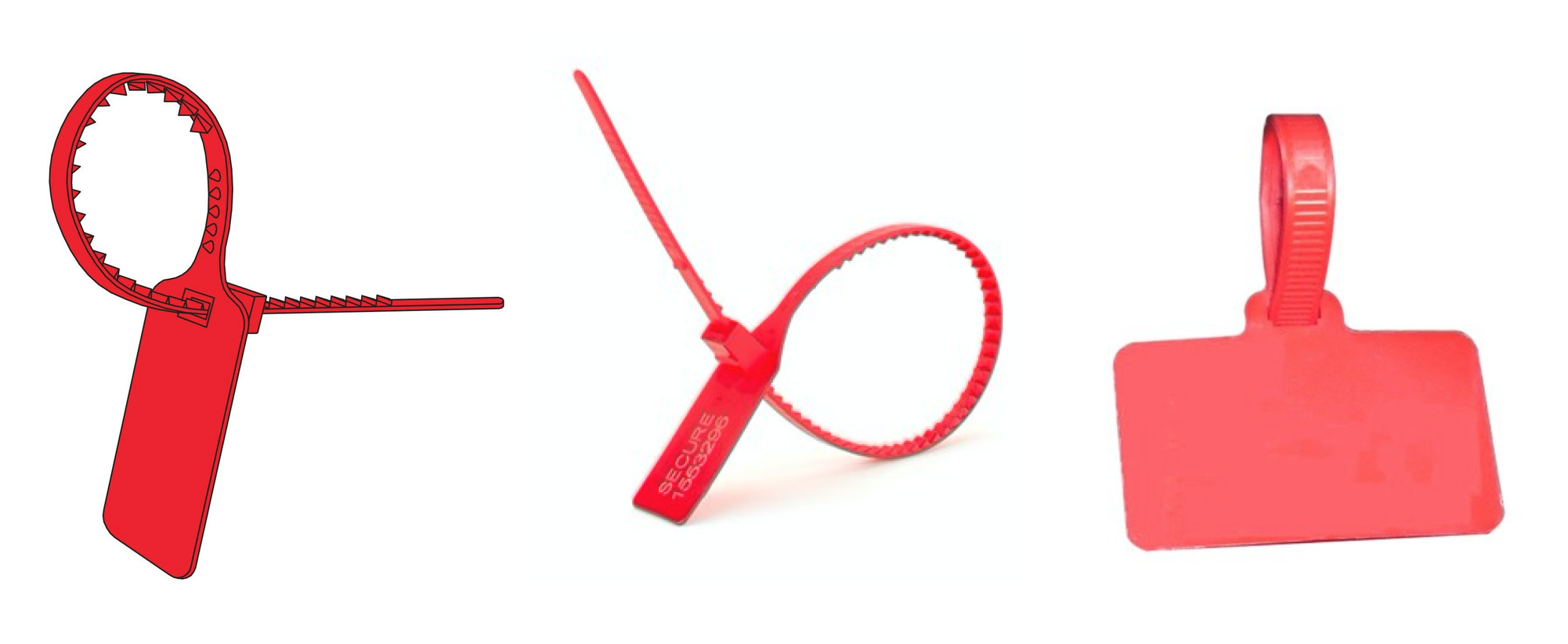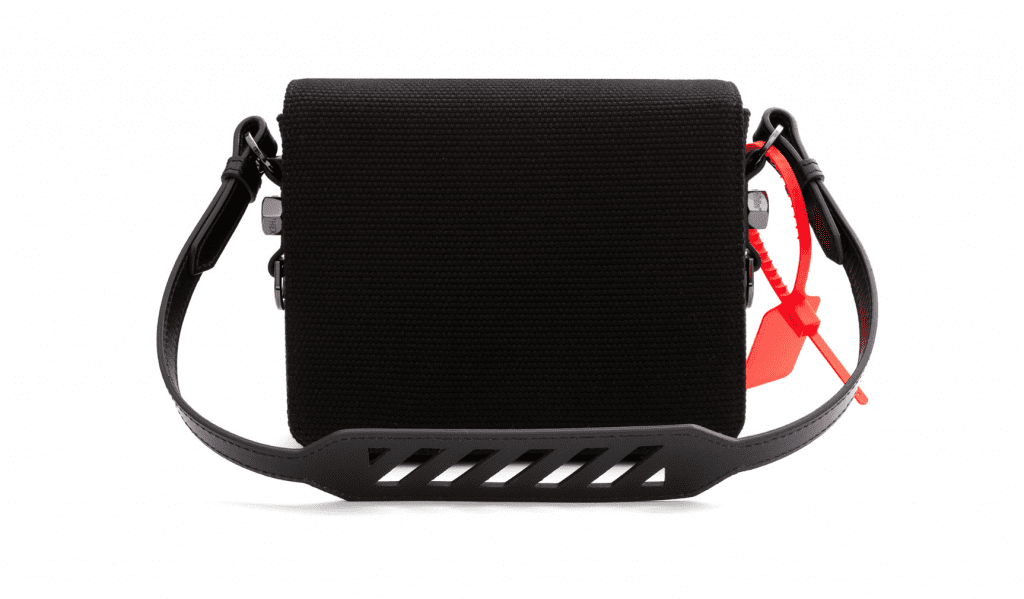Look beyond Virgil Abloh’s near-ubiquitous use of quotation marks, strategically-placed arrows, and the brand’s diagonal lines logo, and you might see an industrial zip tie. The poster boy of the modern fashion industry has been affixing some of his wares with bright red plastic ties, with the little cables finding their way onto his highly-hyped “The Ten” collection with Nike, a redux/rework of 10 of Nike’s most distinctive silhouettes; his subsequent collaboration with Converse; and the brand’s own-label offerings.
Last summer, just as die-hard Virgil fans were clamoring to get their hands on the latest drop of Off-White x Nike sneakers, Abloh’s legal counsel was taking steps to claim exclusive rights in the “red zip tie” by filing an application for registration with the U.S. Patent and Trademark Office (“USPTO”) for use of the plain red tie on “handbags, wallets, [and] backpacks,” and “tops, bottoms, headwear, [and] footwear.”
Fast forward to late last year and the USPTO said, “Not so fast!” Handing Abloh a preliminary loss, the USPTO’s examining attorney Linda M. Estrada decided that the red zip tie is not a registerable trademark for a number of reasons, not least of which because it poses a likelihood of confusion with two already-registered marks. Those already-registered marks consist of the word “Red” for use on snowboard company Burton’s wares, including “clothing for athletic use,” among other things.
According to Estrada, while Burton’s “Red” word marks and Abloh’s red zip tie might not lookalike, they “are similar in commercial impression because they evoke a similar mental reaction concerning the color red,” thereby, leading to a chance that consumers will confuse the parties’ marks.
 Off-White’s zip tie (left) & Examples provided by USPTO of common zip tie designs
Off-White’s zip tie (left) & Examples provided by USPTO of common zip tie designs
Aside from the conflicting marks, the trademark body’s attorney asserts that Abloh’s zip tie mark is not registerable because it the “configuration of the zip tie,” itself, is functional, and it is well established that “functional matter cannot be protected as a trademark,” as the USPTO does not want to “inhibit legitimate competition by allowing [a single party] to control a useful product feature.”
Here, Estrada asserts that the useful product feature is Abloh’s zip tie design as a whole, in large part because “the zip tie configuration” used by Abloh “is the common configuration for zip ties” used by a wide array of parties in a number of different industries. The fact that there is a common use of the specific zip tie design, per the USPTO, “reflects that there are few alternative [zip tie] designs available.”
Estrada suggests amending the application so that Abloh is only claiming rights in “the position or placement of the [zip tie]” in connection “with the identified goods” – i.e., “handbags, wallets, [and] backpacks,” and “tops, bottoms, headwear, [and] footwear” – and not in the design of the zip tie itself, which would serve to rather sizably diminish the level of rights that Off-White would have in the tie mark.
Still yet, the USPTO takes issue with Abloh’s attempt to claim rights in the color red in connection with the zip tie, stating, “Registration is [preliminarily] refused because the applied-for color mark … is not inherently distinctive” and thus, in order to be registered, requires a showing of “sufficient proof of acquired distinctiveness.” In other words, Abloh counsel will need to show that Off-White has made such extensive use and heavily promoted the red zip tie mark so that when consumers see the zip tie, they directly associate it with Off-White as the source of the goods upon which it appears.
Now, it is up to Abloh’s counsel to respond to the USPTO and prove that, among other things, Off-White is using the red zip tie as an indicator of the source of the products to which it is affixed, and consumers have come to associate it with the Off-White brand.











